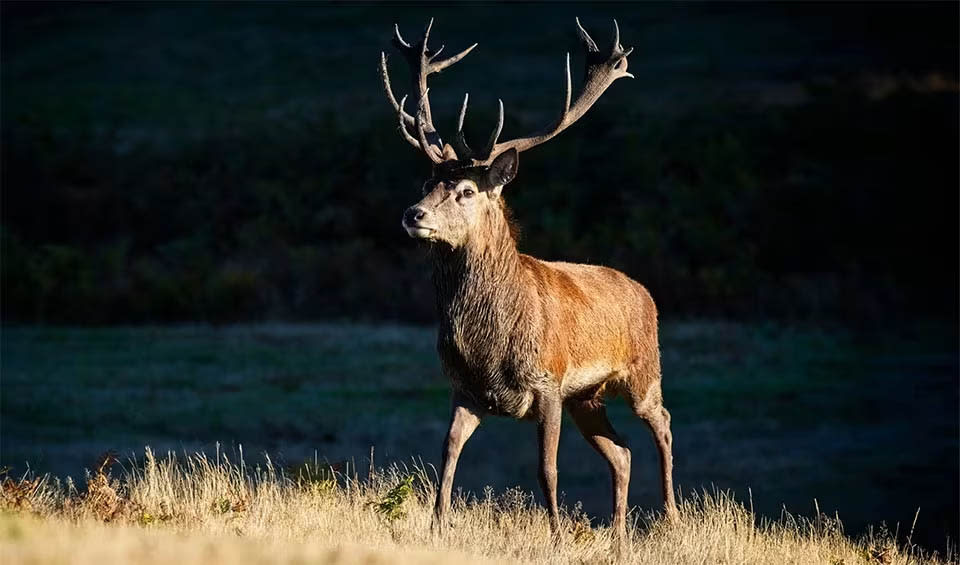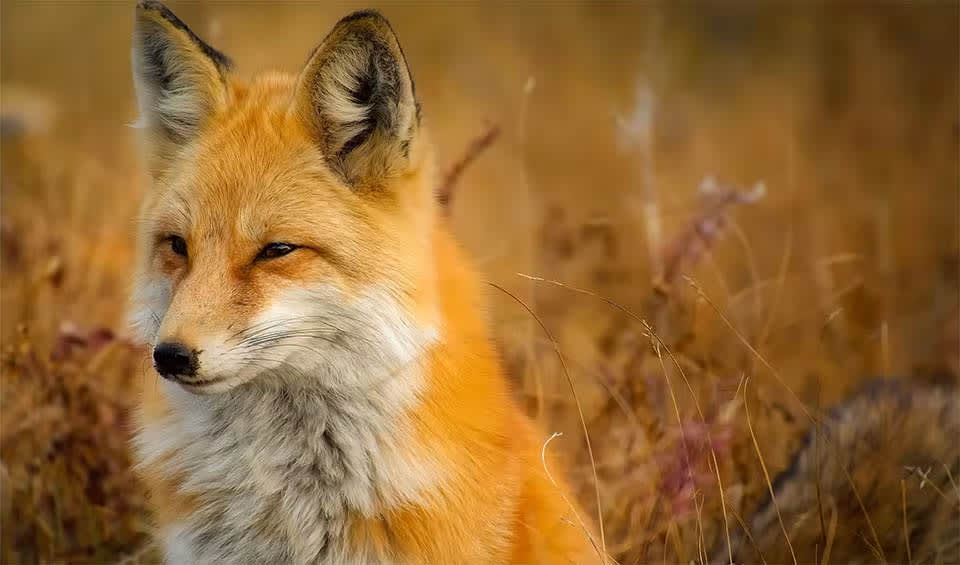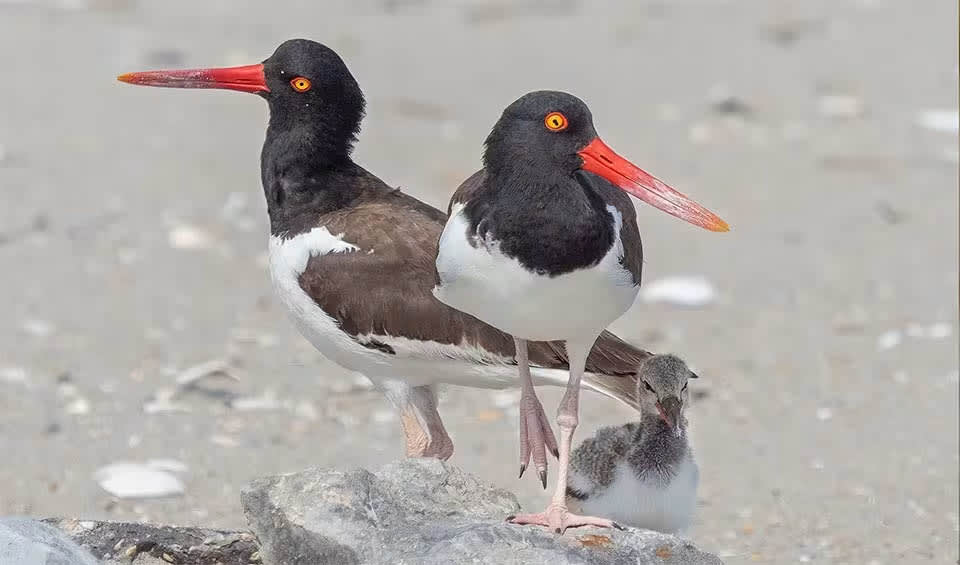The UK has a wide variety of habitats and species, supported by a marine area that is 3.5 times larger than its land area. As it is geographically positioned between coldwater northeastern and temperate southwestern seas of Western Europe, it possesses globally significant biodiversity, including 13% of the world’s blanket bog and 20% of Europe’s lowland heathland.
Ecosystem services such as food production, water regulation, and climate moderation are vital for sustaining life. In the UK, wetlands alone contribute around £1.5 billion annually through water purification. Marine conservation efforts like Charting Progress 2 demonstrate increasing health and diversity in UK seas.
Even with obstacles like invasive species, habitat loss, and climate change, studies conducted recently indicate that species of European significance, woodland birds, marine fish, and genetic resources are all trending positively. Still, there are declining habitats and species.
Citizens actively engage in conservation efforts, contributing 9M volunteer hours/year. Access to green spaces is beneficial for people’s mental and physical well-being, as well as for the development of children.
Four pillars elaborated:
England, Scotland, Wales, and Northern Ireland make up the United Kingdom (UK), which also includes 14 overseas territories and 3 crown dependencies. About 28.7% of land in mainland UK is protected(PAs), while in overseas territories, it’s around 7.3%. In UK waters, 44.2% are marine protected areas(MPAs), compared
to 60.0% in overseas territories. Land Management
Land Management
The UK and its territories comprise 18 terrestrial ecoregions, 13 marine
ecoregions, and 4 pelagic provinces. These regions are home to various species and ecosystems. Mainland UK has 313 Key Biodiversity Areas (KBAs) on land, with most (86.8%) under PAs. In Overseas Territories, there are 72 KBAs, but 37 of them currently lack protection. Overall, about 13.95% of the connected land areas in mainland UK are under protected status, showing ongoing efforts to manage and conserve
biodiversity effectively.
Biodiversity faces serious threats across the UK’s landscapes and marine
environments. On land, habitat loss and pollution are major concerns identified by the National Ecosystem Assessment (NEA). The change in habitats, caused primarily by intensifying agricultural practices, which occupy more than 70% of the country’s land, is a serious risk. This alteration of landscapes often leads to habitat loss and fragmentation, impacting native species. Pollution, including plastic waste that clogs rivers and seas, and eutrophication (excessive nutrients) impact ecosystems. Overhunting and overfishing of species, along with invasive species, disturb natural habitats. The effects of climate change are expected to make these problems worse over time. Threats to Biodiversity
Threats to Biodiversity
The State of Nature report highlights how biodiversity in the UK has declined significantly after ‘70s. About 41% of studied species have declined, and 15% are at risk of extinction, with populations of priority species dropping by 60%. In the UK’s seas, overfishing, climate-related changes, acidification, pollutants, and nutrient runoff all threaten marine life and habitats.
The UK has passed legislation requiring all public organizations to make
biodiversity conservation a top priority in their activities and decisions.
Environmental Impact Assessments (EIAs) for particular developments are required under spatial planning laws. There has been notable progress in incorporating biodiversity into planning, forestry, and agricultural policies; approximately 37,000 km² (14,282 mi², in 2022) of cropland has been covered by large involvement in agri-environment projects. Even if programs like TEEB promotes the recognition of biodiversity’s value and ecosystem services; challenges persist in fully integrating biodiversity aspects across various sectors. Capacity and Governance
Capacity and Governance
Globally, the UK is a leader in biodiversity research and support, sponsoring programs like ESPA and aiding developing countries’ ability to adapt to climate change and achieve sustainable development through the ICF. Through the WAVES initiative, the UK keeps improving environmental accounting. UK government allocated to biodiversity programs increased significantly by 146%, reaching £534 million (in 2021/2022). To meet global commitments, the UK plans to raise international biodiversity funding to nearly £1.5 billion annually.
____________
*TEEB: The Economics of Ecosystems and Biodiversity
The UK’s biodiversity strategy began with the pioneering UK Biodiversity Action Plan (UK BAP) in 1994, the world’s first national initiative for biodiversity conservation. After devolution in 1998, Scotland, Wales, and Northern Ireland developed separate biodiversity policies, later unified into a national approach in 2007 to streamline conservation efforts. Future Trends
Future Trends
In response to global conservation trends like the CBD’s Strategic Plan for
Biodiversity 2011-2020 and its Aichi Targets, the UK’s Department for
Environment, Food and Rural Affairs (DEFRA) launched the ‘Biodiversity 2020’ strategy. It replaced the UK BAP, stressing to match national efforts with global biodiversity goals through collaboration and tailored strategies.
Recently, the UK contributed £10 million to the Global Biodiversity Framework Fund (GBFF) under the GBF. It also plans to allocate up to a £60 million grant from the £500 million Blue Planet Fund for marine conservation projects in coastal communities. Forest risk commodity legislation (in 2024) will be enforced to combat deforestation. Additionally, the UK aims to protect 30% of its land and sea by 2030. A few new funding announcements are £15 million for Protected Landscapes and £750,000 for rare temperate rainforests in Southwest England and Cumbria.
___________
*The OCEAN Grants Programme is a new competitive grants scheme, supporting innovative proposals from local coastal communities that aim to deliver marine protection and reduce poverty worldwide.
Biodiversity
The United Kingdom is home to a diverse array of ecosystems and a rich variety of flora and fauna, thanks to its varied landscapes that include forests, wetlands, mountains, moorlands, and coastal areas. The UK’s forests, which range from ancient woodlands to coniferous plantations, provide habitats for species such as red deer, roe deer, and a variety of birds, including the nightingale and the woodpecker. The Scottish Highlands and the Lake District are particularly renowned for their rugged landscapes and diverse wildlife, including species like the golden eagle, red squirrel, and the Scottish wildcat.Wetlands and river systems, such as the Norfolk Broads and the Somerset Levels, support a wealth of biodiversity, including numerous fish species, amphibians, and birdlife, such as the bittern and the kingfisher. The UK’s coastline, stretching over 19,000 miles (30,578 km), is equally rich in biodiversity. Coastal habitats like salt marshes, estuaries, and sand dunes provide vital breeding grounds for seabirds and marine life. Notable areas include the Severn Estuary, famous for its birdlife, and the chalk cliffs of Dover, which support unique plant communities. Additionally, marine areas around the UK are home to seals, dolphins, and various fish species, contributing to the country’s ecological diversity.
In the table below are the number of known species in several main groups, how many of these species are Threatened with extinction, and how many of them are Endemic (unique to United Kingdom only):
| Species (World rank) |
Threatened | % Threatened | Endemic | % Endemic | |
|---|---|---|---|---|---|
| Mammals | 85 (#134) | 5 | 5.9% | ||
| Birds | 268 (#145) | 12 | 4.5% | 1 | 0.4% |
| Reptiles | 5 (#201) | 1 | 20.0% | ||
| Amphibians | 15 (#121) | 4 | 26.7% | ||
| Fishes | 420 (#132) | 56 | 13.3% | 9.0 | 2.1% |
| Plants | 3,445 (#105) | 42 | 1.2% | 1,692 | 49.1% |
mammals
Red deer
Not only one of the largest deer species but also among the most majestic
Red fox
Ladies and gentlemen, please welcome the world’s most widely distributed carnivore!
European pine marten
Sometimes called the “squirrels of the weasel family” due to their impressive arboreal abilities
birds
Atlantic puffin
This incredible bird can hold up to 30 fish in its beak at once
Eurasian oystercatcher
The masters of catching oysters, clams, and cockles
Common pheasant
One of the most hunted, widespread, ancient, and well-known game birds
reptiles
European adder
A venomous snake native to Britain and found all across Europe
Slow worm
You might mistake them for snakes, but they are merely legless lizards
Viviparous lizard
One of the few reptiles that can not only lay eggs but also give birth to live young
amphibians
Common toad
A warty amphibian with golden eyes
Smooth newt
They have the ability to regenerate lost limbs and other body parts, a superpower in the animal kingdom!
Marsh frog
Quite noisy creatures which is a common sight in wetland areas
National Animals
Lion
Tufted-tailed Simba in the plight

















